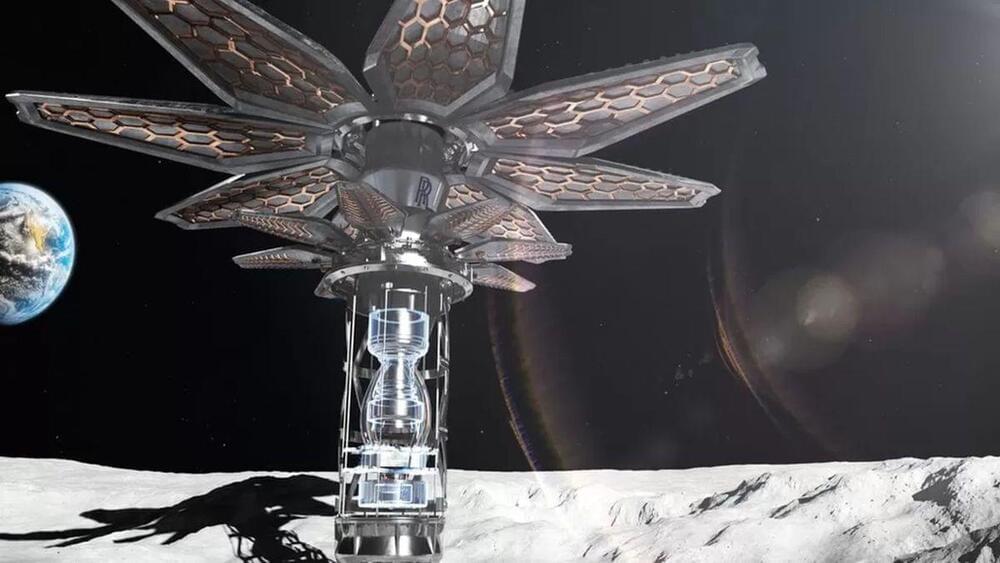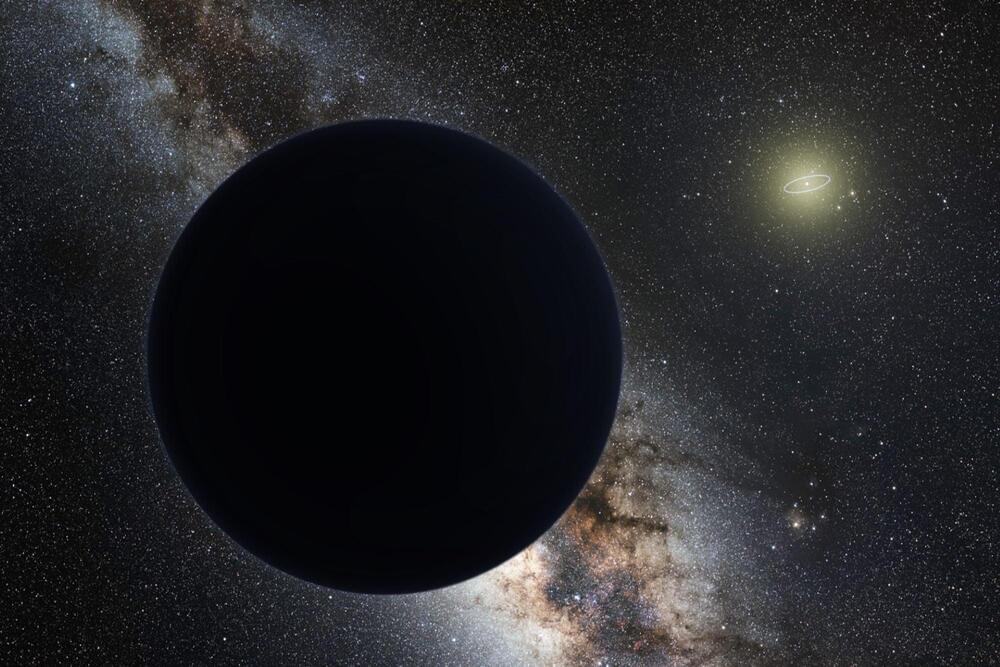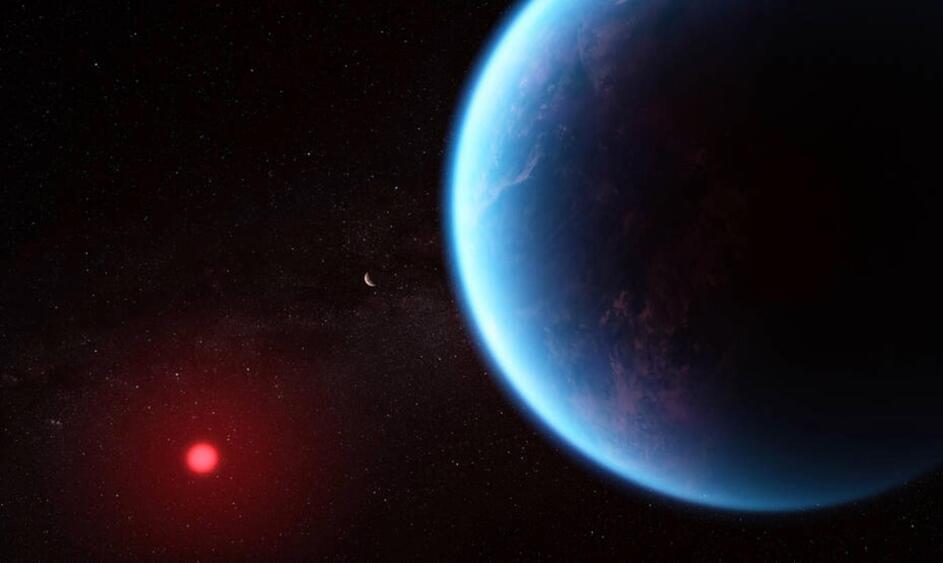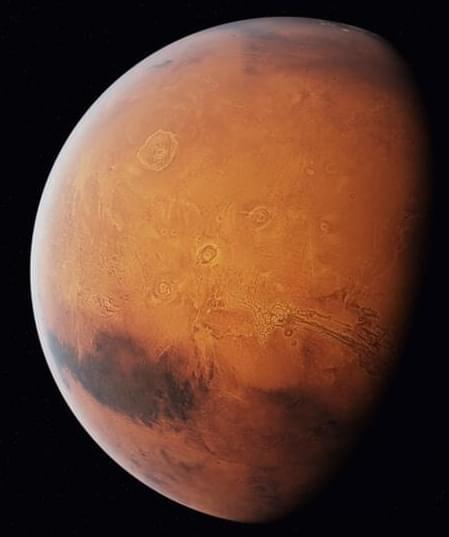Not only that, but the more we comprehend our blue world’s frigid ecosystems, the better equipped we’ll be to locate and recognize how life forms may exist on other celestial worlds in our solar system.



Two years ago, we heard how the Ohio-based Smart Tire Company was developing shape memory airless bicycle tires. Well, the resulting Metl tires can now be purchased via – you guessed it – a Kickstarter campaign.
The never-go-flat tires were created in partnership with NASA, which had already applied the same technology to tires for its planetary rover vehicles … after all, it would be pretty difficult to fix a flat on the surface of the Moon or Mars. And no, they’re not literally airless. They’re hollow – so they have air in them – that air just isn’t pressurized, nor is it required for the tire to hold its shape.
At the heart of each Metl tire is a Slinky-like spring that runs all the way around the tire. That spring is made of a shape memory nickel-titanium alloy known as NiTinol, which is described as being strong like titanium yet also stretchy like rubber.

Check out the new For All Mankind Season 4 Teaser starring Joel Kinnaman!
►
► Shop Rotten Tomatoes: http://bit.ly/3m59uhu.
US Air Date: November 10, 2023
Starring: Joel Kinnaman, Wrenn Schmidt, Krys Marshall.
Network: Apple TV+
Synopsis: Rocketing into the new millennium in the eight years since Season 3, Happy Valley has rapidly expanded its footprint on Mars by turning former foes into partners. Now 2003, the focus of the space program has turned to the capture and mining of extremely valuable, mineral-rich asteroids that could change the future of both Earth and Mars. But simmering tensions between the residents of the now-sprawling international base threaten to undo everything they are working towards.
Watch More:
► Rotten Tomatoes Originals: http://bit.ly/2D3sipV
► Fresh New Clips: https://bit.ly/3mJePrv.
► Hot New Trailers: http://bit.ly/2qThrsF
► New TV This Week: http://bit.ly/2D3fsHa.
Rotten Tomatoes TV delivers Fresh TV at a click! Subscribe now for the best trailers, clips, sneak peeks, and binge guides for shows you love and the upcoming series and TV movies that should be on your radar.

The mission always had uncertainties. “If an asteroid were constructed as a monolithic rock, similar to the rocks we find on the ground, the deflection and calculations would be straightforward,” Peter Veres, an astronomer at the Center for Astrophysics, Harvard & Smithsonian, who was not involved in the study, tells Smithsonian magazine in an email. “Instead, we already knew from ground-based observations and several space missions that asteroids are often rubble piles—loosely aggregated spheres of large and small boulders, dust and sometimes ice, with numerous empty spaces.” Hitting one of these asteroids, Veres says, is almost more like striking a sponge than a rock, and it’s harder to predict the impact’s results.
Swift’s team shared their surprising new research at a meeting of the American Astronomical Society in June and posted a preprint of their paper on the online server Arxiv in August. According to Veres, the team relied on a widely used method and gathered enough data points to conclude that Dimorphos’ orbit is degrading.
As for why this may be happening, scientists only have guesses so far. One idea is that Dimorphos was once tidally locked to Didymos—meaning that, like Earth’s moon, the same side of the satellite always faced its host. But now, after the DART mission, this alignment might have been broken, causing Dimorphos to tumble around as the system’s tidal forces change its orbit. If this is the case, Veres says, Dimorphos will likely settle back into a tidally locked state over time.

Rubio surpassed the U.S. space endurance record of 355 days on Monday at the International Space Station. He arrived at the outpost last September with two Russians for a routine six months. But their stay was doubled after their Soyuz capsule developed a coolant leak while parked at the space station.
The trio will return to Earth on Sept. 27 in a replacement capsule that was sent up empty for the ride home. By then, Rubio will have spent 371 days in space, more than two weeks longer than Mark Vande Hei, the previous U.S. record holder for a single spaceflight. Russian cosmonaut Valeri Polyakov holds the world record of 437 days, set in the mid-1990s.



Carbon-based molecules, such as methane and carbon dioxide, have been detected in the atmosphere of a possibly ocean-bearing exoplanet.
Carbon-based molecules have been discovered in the atmosphere of a possibly ocean-bearing exoplanet by the cutting-edge James Webb Space Telescope (JWST).
The exoplanet K2-18b is found in the habitable zone of the red dwarf star K2-18, around 120 light-years distant from Earth in the constellation Leo.

Astronomers have been observing and studying Mars for centuries, but the systematic mapping of Mars began in the 19th century.
Maps have played an essential role in helping us better comprehend our home planet. These tools visually represent the Earth’s surface features, allowing us to navigate, study geography, monitor changes, and conduct scientific studies.
As space organizations prepare to make humanity an interplanetary species, it is critical to sketch and construct a Mars map for better exploration and possible habitation.